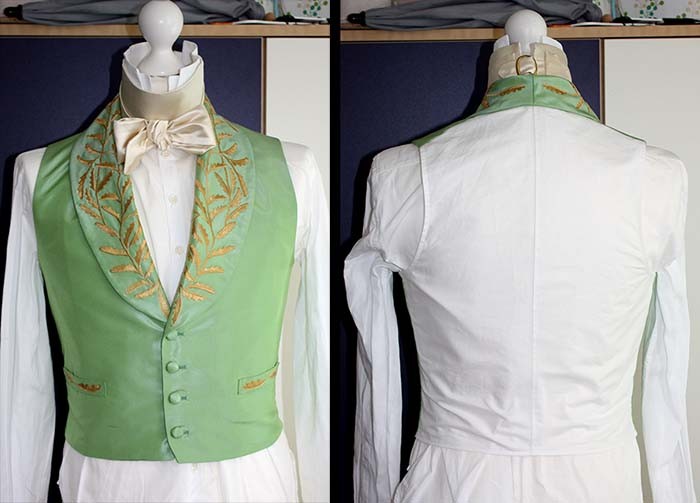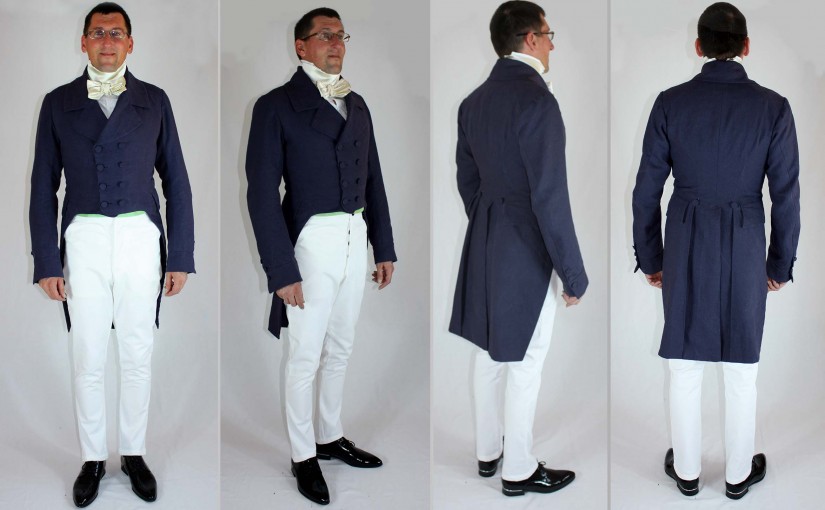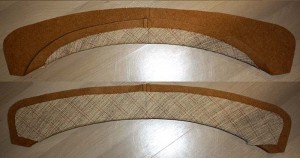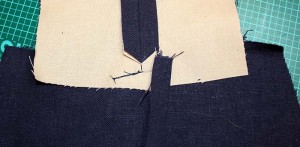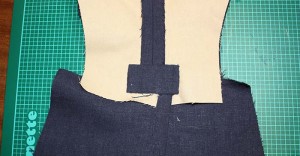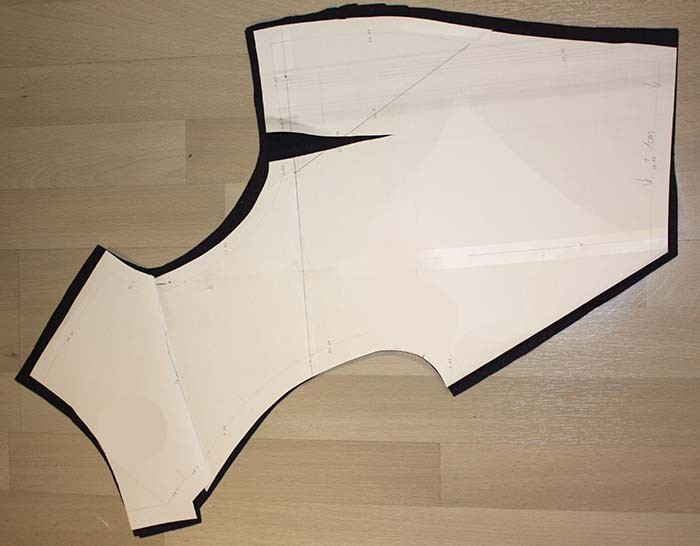The last hand stitching embroidery I remember was at school. That´s quite a long time since then. After some research, I decided to copy this pattern for my husband´s 1840´s waistcoat. A friend, Helena, who does a lot of 18th century needle painting embroidery, recommended using floss silk for my project. I was a little bit shocked when I got my floss silk. The thread was so fine, and with its golden color it was nearly invisible with the background of my kitchen table. However, the first try on my ice green silk was not too bad. I used a sateen stitch for the branches and a false satin stitch for the leaves, due to my panic running out of thread during the project. All the embroidery process was quicker than expected, enjoying the first spring sunbeams on my terrace while working.
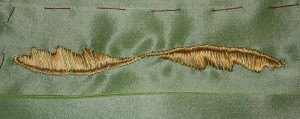
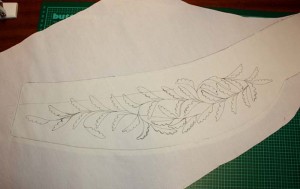
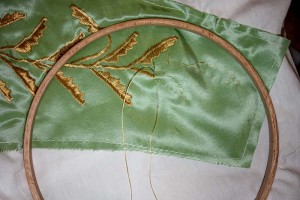
At the same time I started to prepare the other waistcoat pieces. Here you see the back, ready prepared to be joined to the front. Just a single layer of fabric, the armhole neatened with bias binding.
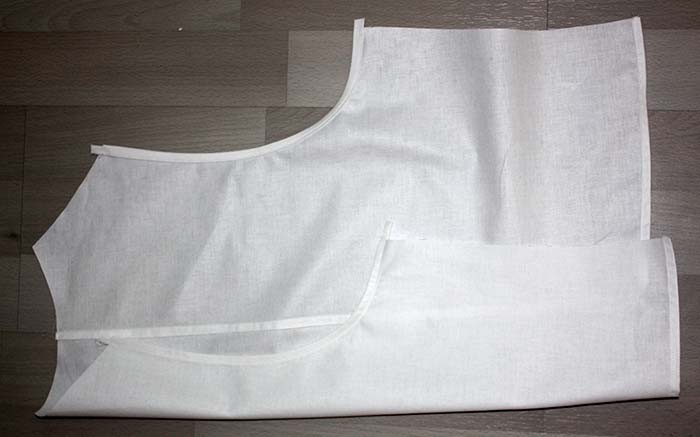
I interlined the front pieces with linen and made the welt pockets the usual Victorian way. Anybody here interested in an extra how-to?
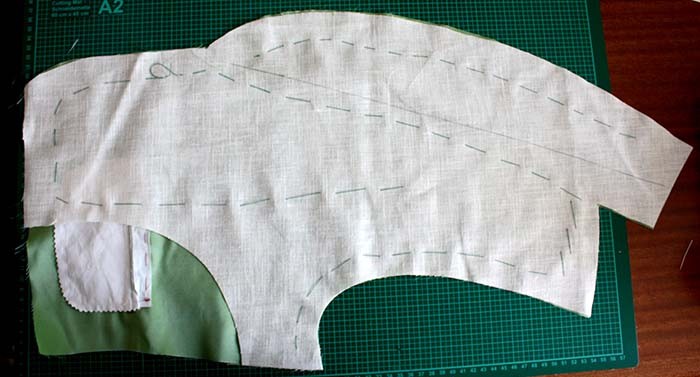
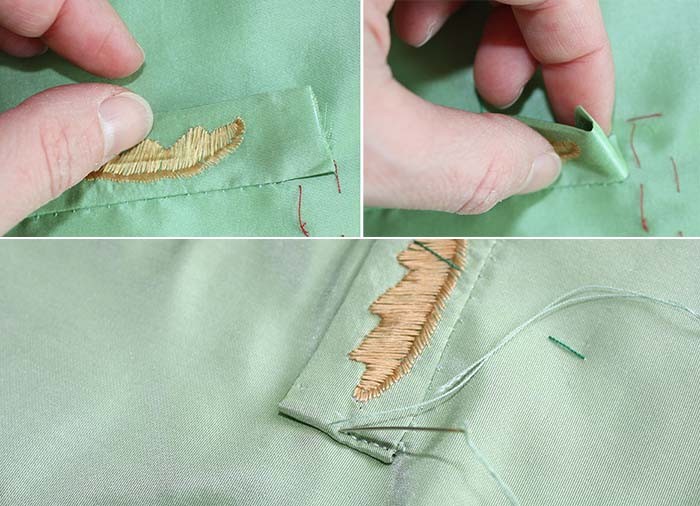
I sewed a cotton tape along all edges and the roll line with a catch stitch, along the stitching line I tried to make small stitches through the fashion fabric. At the center back, I joined the fronts and laid the interlining one side over the other to avoid bulk.
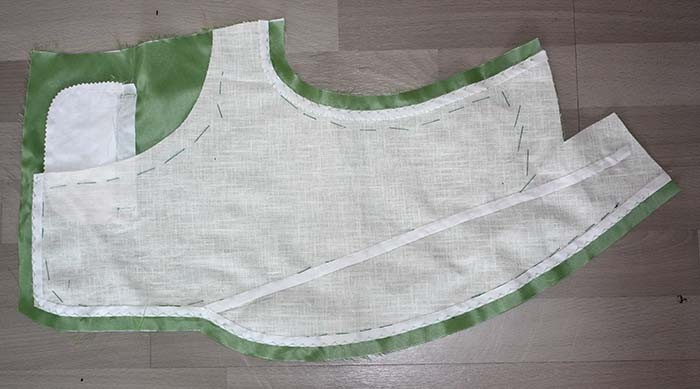
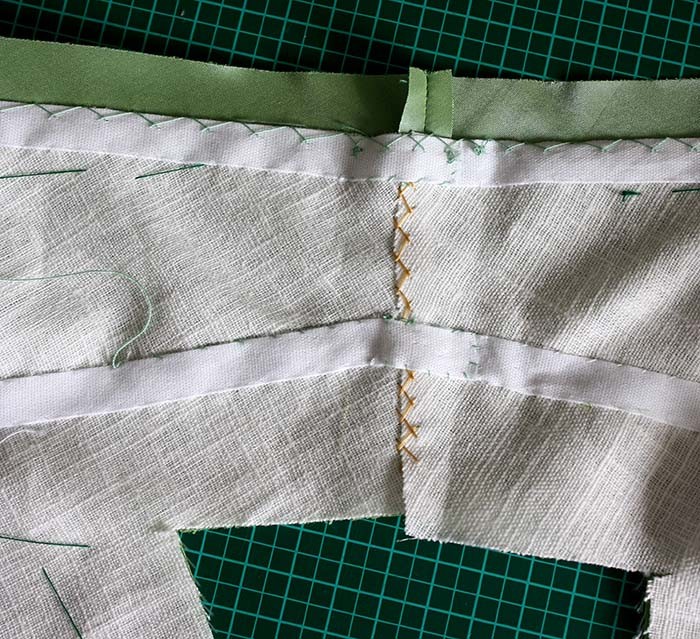
The front with the embroidered lapel facing already attached and pressed.
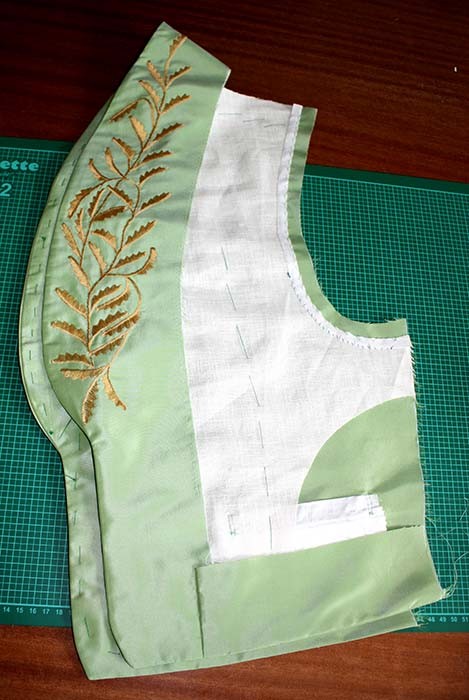
Now I decided to make things a little bit different, due to the single layer back. I sewed the back part to the fronts, first the neckline, after notching the shoulder seams and at least the side seams. All seam allowances are trimmed, and notched at curved seams, then pressed towards the fronts.
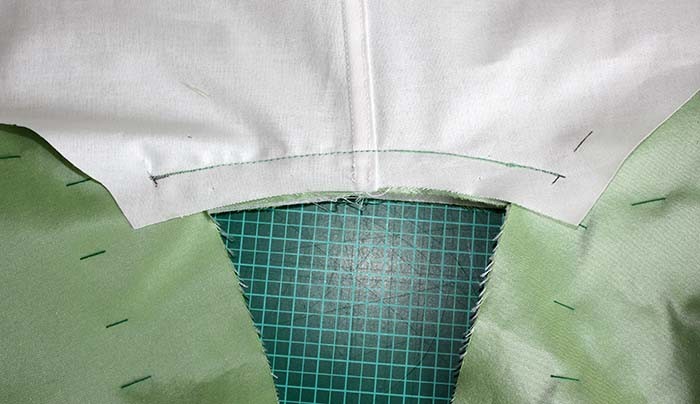
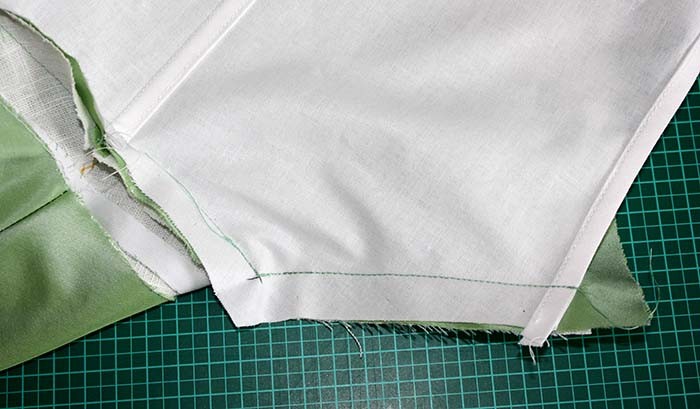
Then I folded the fronts along the roll line and sewed the edges of the facing to the interlining. I notched the facing at the shoulder seam, turned in the seam allowance along the neckline and fell stitched the collar.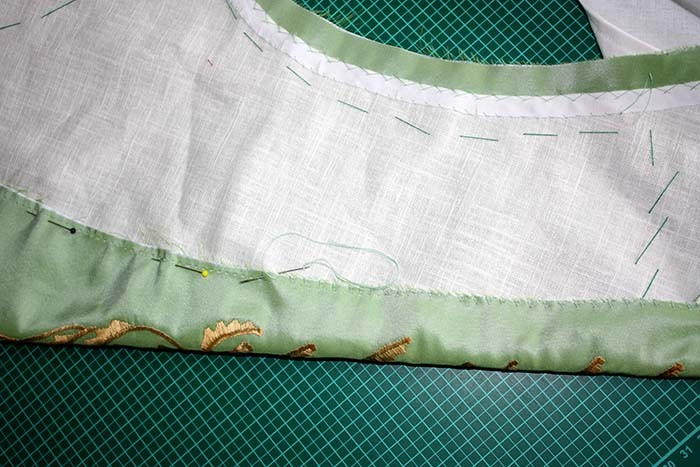
I prepared the front lining, turned in all seam allowances and fell stitched the lining to the inside of the fronts.
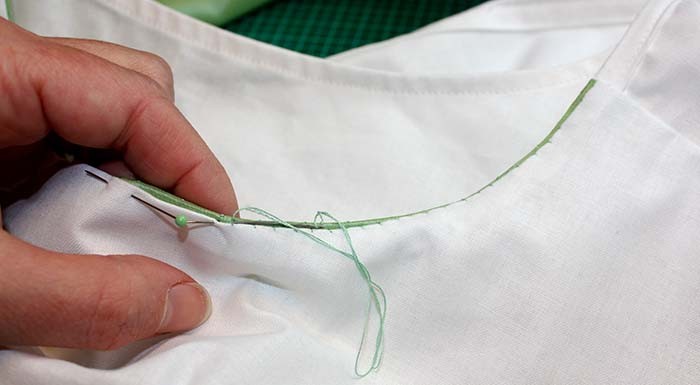
Ready! 